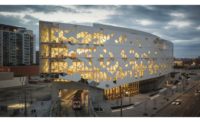AIA Selects the 2015 Recipients of the Small Project Awards
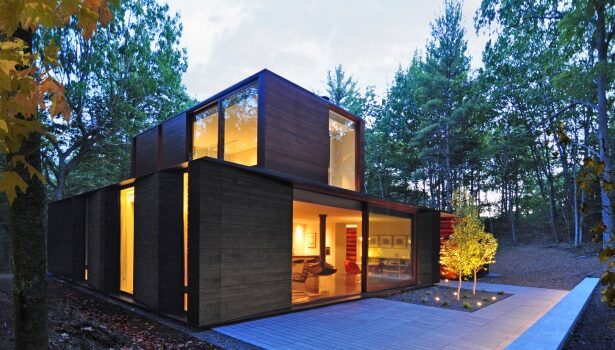
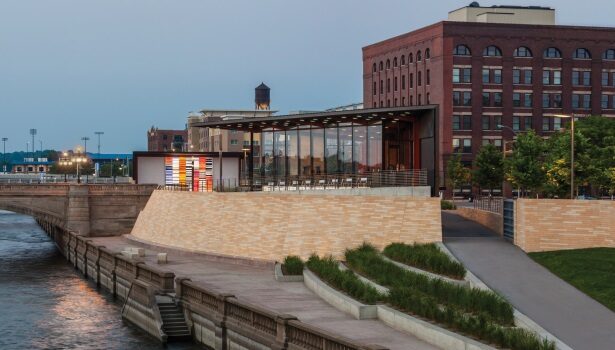
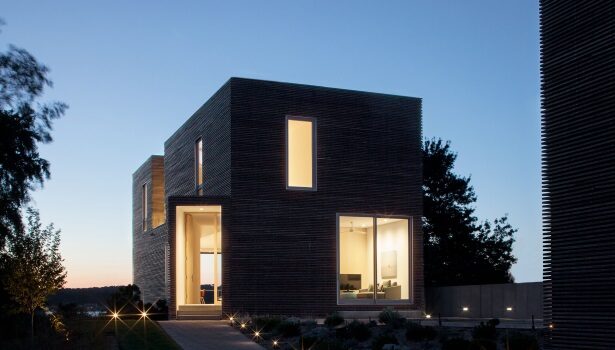
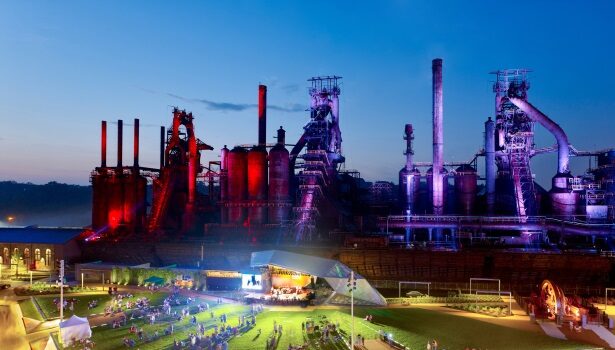




The American Institute of Architects (AIA) has selected seven recipients of the 2015 Small Project Awards. The AIA Small Project Awards Program, now in its 12th year, was established to recognize small-project practitioners for the high quality of their work and to promote excellence in small-project design. This award program strives to raise public awareness of the value and design excellence that architects bring to projects, no matter the limits of size and scope.
Award recipients are categorized into three groups:
Category 1: A small project construction, object, work of environmental art or architectural design element up to $150,000 in construction cost.
Category 2: A small project construction, up to $1,500,000 in construction cost.
Category 3: A small project construction, object, work of environmental art, or architectural design less than 5,000-square-foot constructed by the architect.
Category 1
As a pavilion, this project's function is to provide comfortable, shaded space using a new building material. Using sheet thermobimetal, an inexpensive “smart” material that automatically curls when heated, building skins can self-ventilate and sun-shade, while reducing its dependency on mechanical air conditioning as well as indirectly decreasing a city’s “heat island” effect. When heated by the sun or air temperature, the surface, a lamination of two alloys of metal with different coefficients of expansion, curls. When cooled, the surface tiles return to their original flat state. With today’s digital technology and driving interest in sustainable design, this simple material can transcend its currently limited role as a small mechanical actuating device to a dynamic building surface material, while expanding the discourse of performative architecture.
Centennial Chromagraph, University of Minnesota School of Architecture; Minneapolis
As an experiment in data spatialization, the project’s aesthetic effects—its curvature and its coloration—are in many ways a direct product of the historical data that was employed within the design process. The final construction, however, transcends these quantitative origins and takes on a dynamic presence within the school’s existing courtyard space. One of the most exciting and unexpected effects of the structure is its changing appearance in different conditions of light and shadow. Most dramatic is its behavior in the late afternoon sunlight that filters down through the clerestory in the courtyard space, producing intense shadows and reflections of the colored pencils between the ribs. The project’s careful calibration of quantitative data, materiality, and spatial effect allows it to take on multiple readings at multiple scales. This perceptual multiplicity has added a richness and element of surprise to the spatial experience of Rapson Hall’s courtyard.
Category 2
Pleated House; Door County, Wisconsin
The building’s restrained exterior material palette is limited to charred cedar siding from Northern Wisconsin, its textured somber blackness complemented by varnished clear cedar, dark-anodized aluminum and glass. Echoing the visual depth and surface oscillations of bark covering the trunks of trees, the charred wood boards were installed over furring strips of varying depths to form a gently folding, undulating building skin, not unlike a pleated curtain. A meandering and highly faceted veil that wraps the house and replaces what could have been a conventional, sharply defined perimeter with a more ambiguous boundary, one that softens the building’s rigorous geometry and moderates the transition from artificial construct to natural context.
Principal Riverwalk Pavilion; Des Moines
This 2,200 square foot pavilion and plaza occupy a prominent site along the Des Moines River in downtown Des Moines. The building is a key part of the new Principal Riverwalk – a $50 million public/private partnership which will revitalize the riverfront and draw Des Moines’ residents back to the river. The triangular building was conceived as a crystalline space resting at the prow of a gently sloping, boat-shaped plaza formed by the adjacent trails, streets and promenades. This crystal is, in turn, shrouded by a folded black zinc skin. This skin is selectively unfolded to provide panoramic views out of the upper level café. The resulting roof overhangs provide solar protection to the buildings east and south façades. The west façade is louvered to allow for views upriver to the north while blocking the harsh, western sun. The interior of the café is a single, glass dining space with a solid concrete “chimney” to the south and a wood and steel “kitchen” block to the west.
The Lawn on D; Watertown, Massachusetts
As the Massachusetts Convention Center Authority (MCCA) is gearing up for a major expansion, Sasaki Associates was brought on board by the MCCA to help shape a vision for D Street and its upcoming development. In collaboration with representatives from the surrounding community, the design team and the MCCA conceived the Lawn on D - a flexible, vibrant, and temporary open space that would be an “early arrival” on D Street. The project provides a conduit for new neighborhood occupying a critical mid-point between South Boston, the Innovation District and Liberty Wharf, and the Fort Point and Channel Center neighborhoods. This new district aspires to be interactive, flexible, technologically advanced, inspired by art and events, and inclusive of many constituents (residents, workers, conventioneers, tourists).
Category 3
Quonochontaug House; Quonochontaug, Rhode Island
The house is organized around an open-plan ground floor punctuated by a series of double-height skylit spaces that progress from entry to bay view. The skylight volumes, which alternate around an east-west axis defined by the pool terrace (to the east) and the ocean (to the west), taper at their apex to the dimension of standard skylights, which provide shifting and ephemeral natural light patterns throughout the day, varying across seasons and changes in the sky and weather. The largest of the volumes, situated over the kitchen and the living room, is provided with two skylights, producing diverging pyramidal forms that add to the unexpected quality of light. The outdoor deck on the water-facing side of the house contains its own double-height space that is open to the sky. The second floor is supported, volumetrically, by a cluster of plywood-clad shapes on the first floor containing building services. The second floor is a simple series of bedrooms distributed around the skylight volumes which extend upwards from the first floor.
The Levitt Pavilion; Bethlehem, Pennsylvania
The Levitt Pavilion is the focal point of the 9.5-acre SteelStacks Arts and Cultural Campus, part of the larger re-development of the former Bethlehem Steel mill. By design, the mill’s five 20-story blast furnaces, iconic in their own right, form a dramatic backdrop the newly created 21st Century Town Square project. Knitted together in its repurposed industrial landscape are four plazas, a playground, a picnic area, and at the heart of it stands the Levitt Pavilion. Clad in perforated, stainless-steel panels, the shell is an asymmetrical segmented arch that touches the ground on one side and cantilevers over the stage. The amphitheater bowl’s chevron shaped COR-TEN steel and precast concrete retaining walls echo the folded plates of the pavilion’s shell, establishing a dialogue that binds the overall site together. The urban design and architecture of this new project rejuvenates life on all parts of the SteelStacks Campus, creating a series of outdoor places that are aesthetically appropriate and programmatically supportive of the activities and aspiration of the community.
The jury for the 2015 Small Project Practitioners Awards includes: Marc Manack, AIA (Chair), SILO AR+D; Roy Decker, AIA, Duval Decker; Susan Jones, FAIA, Atelier Jones; Ben Schreiter, AIA, Zwick Construction and Andrew Wells, FAIA, Dake | Wells.
Looking for a reprint of this article?
From high-res PDFs to custom plaques, order your copy today!




